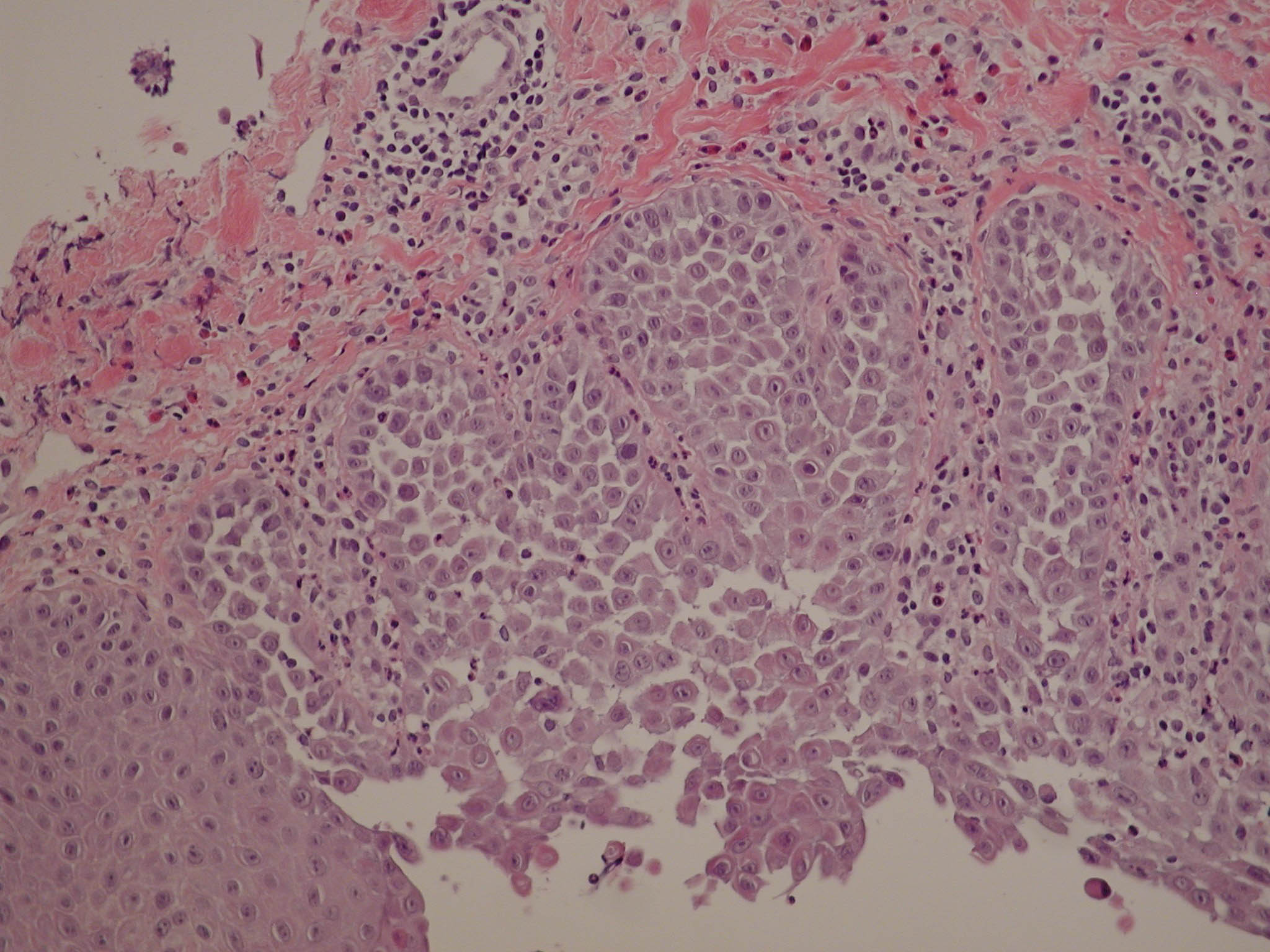Clin Dermatol. 2011 Sep-Oct;29(5):548-56. doi: 10.1016/j.clindermatol.2010.09.023.
Source
Department of Dermatology, Second University of Naples, via Sergio Pansini 5, 80131 Napoli, Italy.
Abstract
Although most skin diseases can be diagnosed with simple visual inspection, laboratory investigations are necessary in several clinical circumstances. This contribution highlights the usefulness of routine diagnostic procedures that are often overlooked and the innovative methods of molecular biology, which are expensive and require an experienced staff. Among the classic diagnostic investigations are (1) the use of Wood’s light in many dermatologic disorders (eg, vitiligo, pityriasis versicolor, erythrasma, porphyrias), (2) cytodiagnosis of Tzanck in dermatologic practice (eg, herpetic infections, molluscum contagiosum, leishmaniasis, pemphigus vulgaris, basal cell carcinoma, erythroplasia of Queyrat, Hailey-Haileydisease), and (3) microscopic examination for fungal and bacterial skin infections as well as for mite infestation using potassium hydroxide, simple saline, and Gram stain. Modern molecular biotechnologies encompassing gene-specific polymerase chain reaction and its variants have a substantial affect in selected cases of viral (especially herpes simplex virus), bacterial, fungal, and protozoan (Leishmania) skin infections.
Copyright © 2011 Elsevier Inc. All rights reserved.
